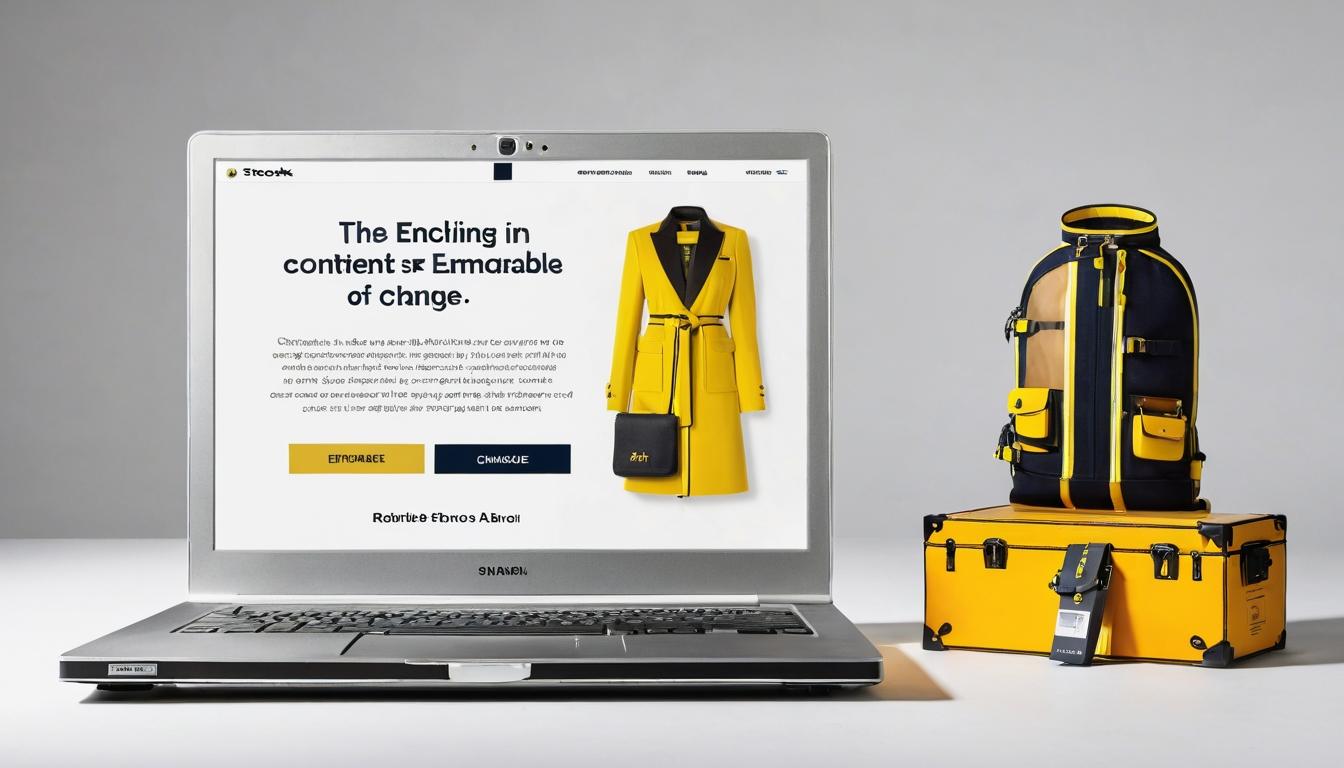In the hushed ateliers of Paris and Milan, something unprecedented is happening. The fashion industry, long criticized for its environmental footprint and questionable labor practices, is undergoing a transformation so profound it might just redefine luxury itself. This isn't about token capsule collections or greenwashing campaigns—this is about fundamental shifts in how clothes are designed, produced, and valued.
Walk into any major luxury boutique today, and you'll notice the subtle changes. The sales associates now speak knowledgeably about traceable supply chains. The tags include information about recycled materials. The displays feature fewer seasonal items and more timeless pieces. These aren't marketing gimmicks—they're responses to a consumer base that's become increasingly sophisticated about sustainability. The generation that grew up with climate change as a daily reality isn't just asking for change; they're demanding it with their wallets.
What makes this movement different from previous sustainability waves is the data-driven approach. Brands now employ teams of scientists and engineers who can track a garment's environmental impact from raw material to retail rack. They're using blockchain technology to verify supply chains, developing new fabrics from unexpected sources like mushrooms and algae, and rethinking everything from dyeing processes to packaging. The result is clothing that doesn't just look good but does good—without compromising on the quality and craftsmanship that define luxury fashion.
The financial implications are staggering. According to recent industry reports, sustainable fashion is growing at five times the rate of conventional fashion. Investors are pouring money into circular fashion startups, while established brands are scrambling to adapt their business models. The old system of producing massive quantities and hoping they sell is being replaced by more precise, demand-driven manufacturing. This isn't just better for the planet—it's better business.
Perhaps the most surprising development is how sustainability has become a creative catalyst rather than a constraint. Designers who once saw eco-friendly materials as limiting are now discovering new textures, colors, and possibilities. They're collaborating with scientists to develop fabrics that change color with temperature, materials that repair themselves, and textiles that clean the air. The intersection of technology and tradition is producing some of the most innovative fashion we've seen in decades.
But the revolution extends beyond materials and manufacturing. There's a growing movement toward emotional sustainability—clothing designed to be cherished and worn for years rather than discarded after a season. This represents a fundamental shift in how we relate to our clothes. Instead of chasing trends, consumers are investing in pieces with stories, garments that improve with age, and items that can be repaired rather than replaced.
The social dimension of this transformation is equally important. Luxury brands are increasingly transparent about their labor practices, with many publishing detailed reports about factory conditions and worker welfare. This transparency isn't just about avoiding bad press—it's about building trust with consumers who want to know the human stories behind their clothes. The romantic notion of the solitary designer creating in isolation is being replaced by a more collaborative, community-oriented approach to fashion.
Of course, challenges remain. The pace of change varies dramatically between brands, and there's still plenty of greenwashing in the industry. But the direction is clear: sustainability is no longer a niche concern but a central pillar of modern luxury. The brands that embrace this shift aren't just doing the right thing—they're positioning themselves for long-term success in a world that's increasingly conscious of its consumption.
What's particularly fascinating is how this movement is reshaping our very definition of luxury. The old markers—exclusivity, price tags, celebrity endorsements—are being supplemented by new ones: transparency, durability, positive impact. The most coveted items in tomorrow's wardrobes might be those with the smallest environmental footprint or the most ethical production stories. Luxury is becoming less about what you have and more about how you got it.
This quiet revolution is happening not through loud protests or dramatic announcements, but through thousands of small decisions in design studios, manufacturing facilities, and corporate boardrooms. It's a testament to the industry's ability to evolve and adapt when faced with existential challenges. The fashion world is finally learning that true style isn't just about looking good—it's about doing good too.
The quiet revolution of sustainable fashion: why luxury brands are finally listening

